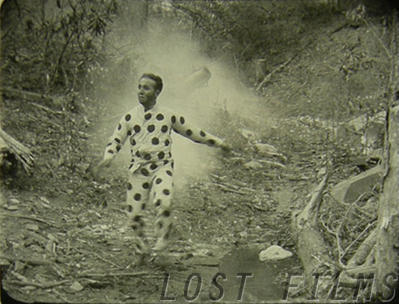Here’s the good stuff that nerdgasms are made of. NASA has released a video that lets you hitch a ride on the May 16th launch of the Space Shuttle Endeavour. The video runs 37 minutes; it’s narrated by a NASA official; and it loops around and lets you see the launch from several different vantage points.
You start with liftoff, traveling at 1300 miles per hour. Then, about two minutes later, the rocket boosters separate from the shuttle, and you then twist with them. The second loop starts around the 7:20 mark, and don’t miss the splendid view at 9:40 …
Related Content:
The Best of NASA Space Shuttle Videos (1981–2010)
NASA Captures Giant Solar Storm
NASA Zooms into Spiral Galaxy


